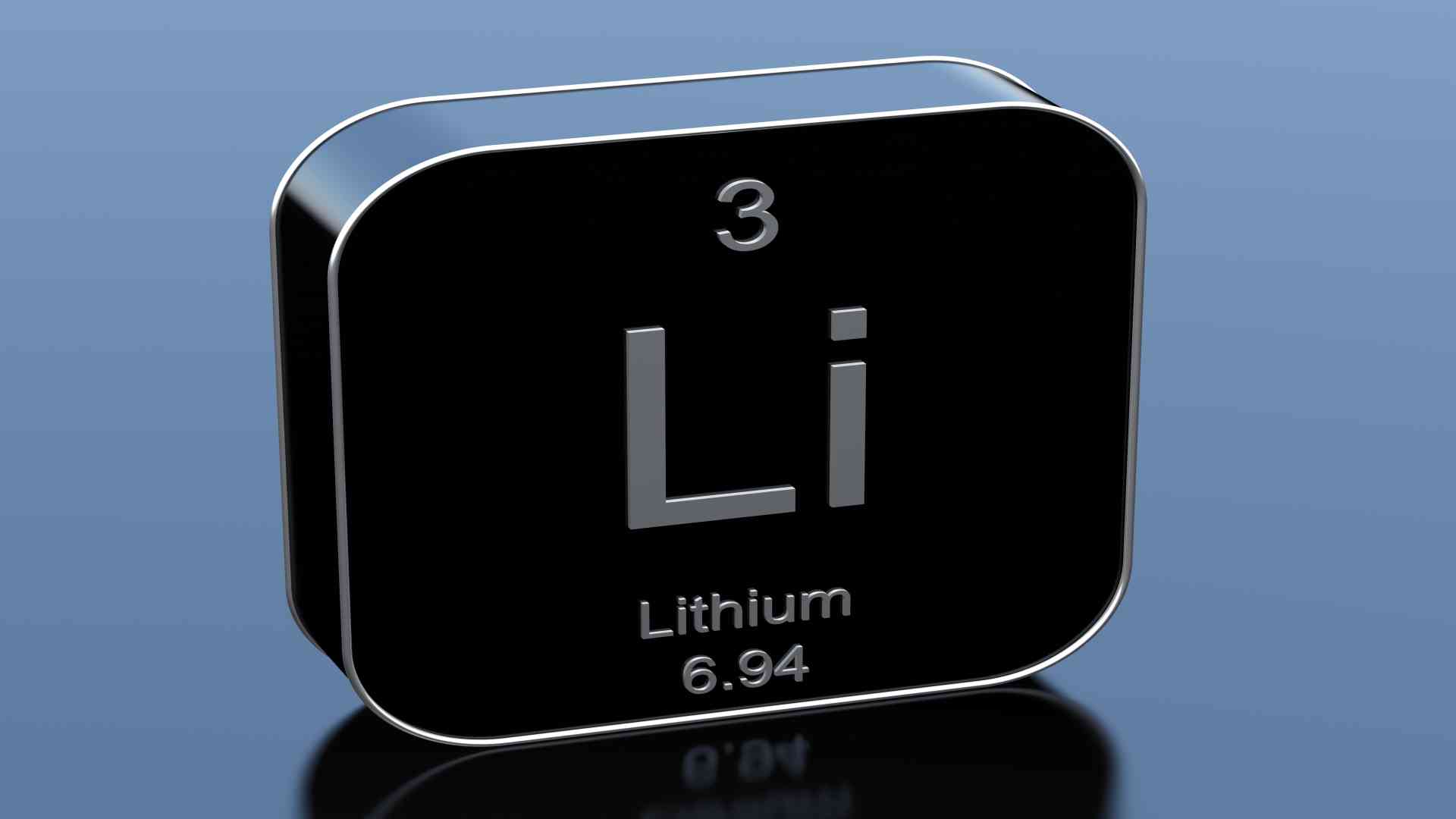An Introduction to Lithium Borate
Lithium Borate is an inorganic compound comprised of lithium, boron and oxygen, having the formula Li2B4O7. It is a colourless solid used to produce glasses and ceramics. Lithium Borate salts is also being researched for use in lithium-ion batteries given its excellent thermal stability, comparable ionic conductivity, environmental friendliness, and cost-effectiveness.

Lithium Borate
Structure of Lithium Borate
It is an essential chemical compound in many fields. It has a polymeric borate backbone structure. The Li+ centres are linked to four and five oxygen ligands, and the boron centres are trigonal and tetrahedral. It is used as an LB buffer for DNA and RNA gel electrophoresis. It’s also used in the borax fusion method to vitrify mineral powder specimens for WDXRF spectroscopy analysis.
Physical Properties Lithium Borate
Property Name Property Value
Chemical Formula Li2B4O7
Molecular Weight 169.12 g/mol
Appearance White Powder
Melting Point 917 °C
Density 2.4 g/cm3, solid
Solubility Moderately Soluble in Water
Source – https://en.wikipedia.org/wiki/Lithium_borate
Lithium Borate Oxide
Li3BO3, a lithium-borate oxide, is proposed as a high capacity CO2 adsorbent operating in the 500 to 650 °C temperature range. In alkali-metal nitrite salts, this adsorbent has a high CO2 uptake capacity (e.g., 11.3 mmol/g at 520 °C) with excellent cyclic renewability.
When Li3BO3 reacts with CO2, a high amount of CO2 is absorbed due to the dissociative formation of lithium carbonate (Li2CO3) and various lithium borate compounds (Li6B4O9, LiBO2, and Li2B4O7).
It is found that this amazing performance of the new CO2 adsorbents is attributed to rapid gas-solid reactions on Li3BO3 mediated by molten nitrate salts and the pinning effects that prevent particle grain sintering.
Lithium Metaborate
Lithium metaborate (LiBO2) or lithium tetraborate (Li2B4O7) are used in borate fusion sample preparation for analysis of various samples by XRF, AAS ICP-AES, ICP-OES, and ICP-MS.
Borate fusion and energy dispersive X-ray fluorescence spectrometry with polarised excitation is used to simultaneously determine Cr, As, Cd, and Pb, ppm level, and main elements in low-level contaminated soils.
Where the stoichiometric ratio of oxygen to cation, y/x in MxOy, is greater than unity, lithium metaborate dissolves acidic oxides such as SiO2 and Fe2O3. Basic oxides such as CaO, MgO, and other alkali metal and alkaline earth metal oxides are dissolved by lithium tetraborate, where y/x = 1. For spectrochemical analysis, most oxides are best dissolved in a mixture of the two lithium borate salts.
Lithium Triborate
LBO, or lithium triborate (LiB3O5), is a non-linear optics crystal. It has a high damage threshold, a wide transparency range, and attractive chemical and mechanical properties.
This crystal is frequently used for second harmonic generation (also known as frequency doubling) in Nd: YAG lasers (1064 nm→532 nm). LBO can be phase-matched in both critical and non-critical modes. In the latter case, the crystal must be heated or cooled depending on the wavelength.
This compound was discovered by Chen Chuangtian and his colleagues at the Chinese Academy of Sciences’ Fujian Institute of Research on the Structure of Matter.
Lithium Borate Salts in Lithium-Ion Batteries
There has been a surge of interest in lithium borate salts due to their unique properties, including excellent thermal stability, comparable ionic conductivity, environmental friendliness, cost-effectiveness, and favourable solid electrolyte interface.
Many of these salts have made recent progress towards their potential use in high-performance lithium batteries using the Si/C composite anode, lithium metal anode, high voltage cathodes or semi-solid lithium flowable electrodes.
This also describes the current status of single-ion conducting polymeric lithium borate salts with high lithium-ion transference numbers approaching the unit. Because the electrodes only exchange lithium ions with electrolytes, this single-ion dominantly conducting polymeric electrolytes is desirable in lithium batteries with less polarisation.
Lithium Borate in Dosimetry
Li2B4O7 is one thermoluminescent phosphor that has recently received a lot of attention. Usually, manganese is added to this material as an impurity (Li2B4O7:Mn), but one commercial dosimetry system uses lithium borate doped with copper (Li2B4O7:Cu).
Currently, Li2B4O7 and Mn are the most tissue-equivalent materials available, but Mn is light-sensitive, resulting in a background signal. Li2B4O7:Cu is approximately 20 times more sensitive to gamma rays when compared to Li2B4O7:Mn prepared by the Schulman method.
Furthermore, many properties of lithium borate (TLD-800) make it appealing as a radiation dosimeter.





